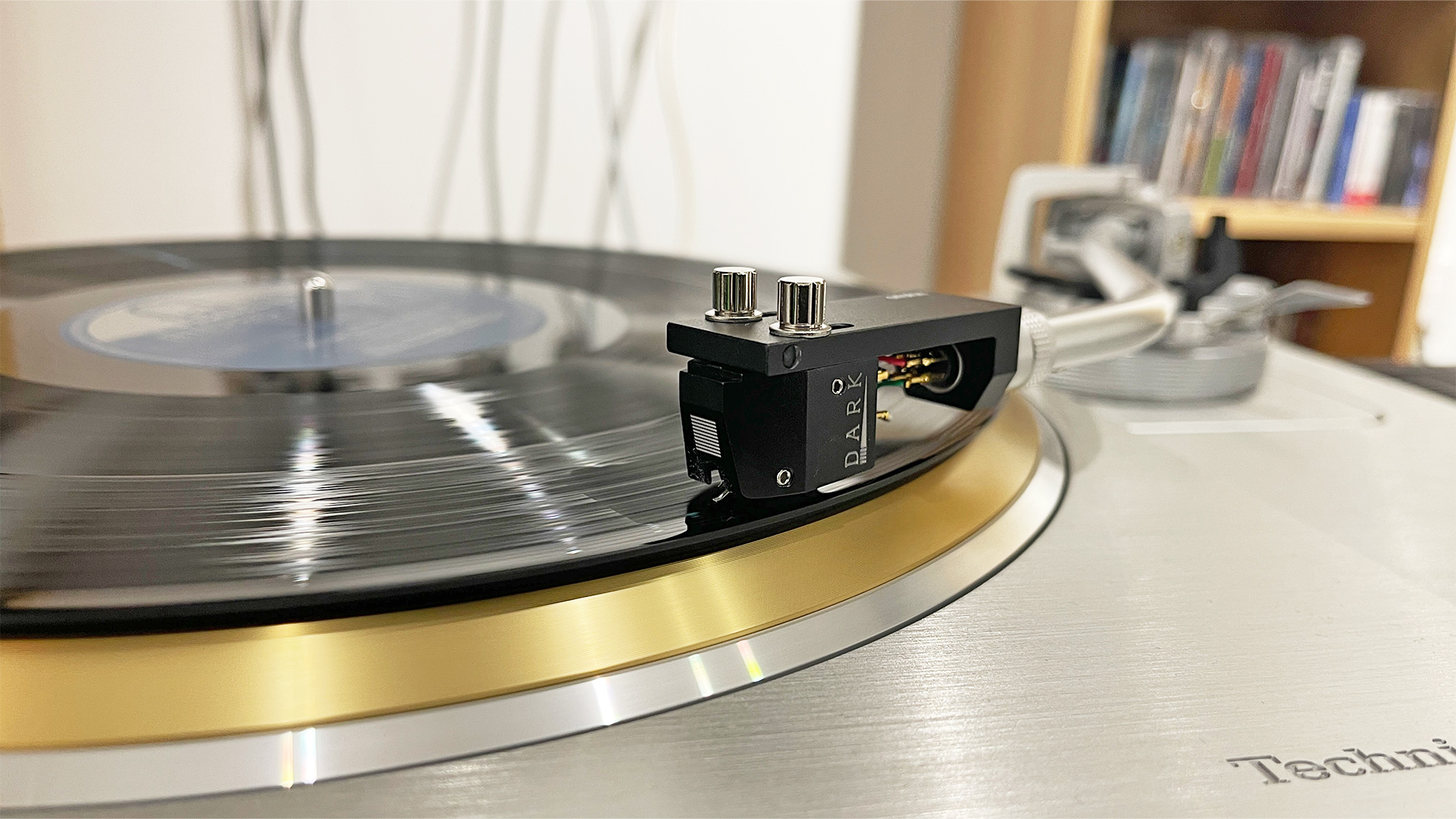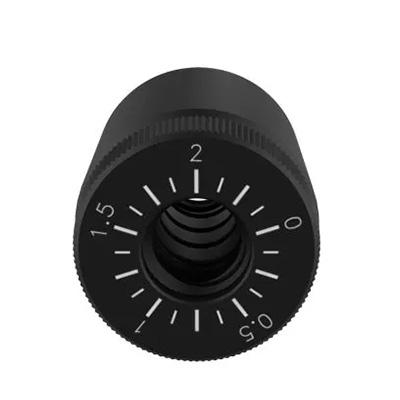
So you’ve unboxed your new turntable and have set it up according to the manual in the box or, let’s face it, one hidden within some QR code. Your twenty-quid-a-pop records are nicely stacked and you’re ready to spin away with the enthusiasm of a dog during Zoomies. Or are you?
Don’t let us get in the way of playing your first record(s), but we do have a word of advice for some time early on in your record player journey: double-check your cartridge’s tracking force.
The amount of pressure a cartridge’s stylus (the needle-thin part) puts down in the groove of a record is known as 'tracking force'. If that force is below the ideal measurement, your turntable’s sound will sound thin and insubstantial and you run the risk of the stylus mistracking and possibly damaging the record groove. If it’s above the ideal force, however, the sound can be ponderous and in the most extreme cases also ruin your twenty-quid-a-pop record. So it’s a pretty important aspect of turntable set-up to get right.
Now, you have probably addressed this already, whether you realise it or not. The manual will almost always state a suitable tracking force of, say, two grams, or perhaps just a suitable range, typically between 1.8g and 2.3g, in which you should shoot for the middle figure. If it somehow doesn’t, or your dog has eaten it in a fit of post-Zoomies hunger, check the manufacturer’s website.

You may well have then set this tracking force by, as per the manual instructions, turning the counterweight at the rear of the turntable's tonearm to the right number, marked on the weight. (See the image above.) Done deal.
Still, there’s one inexpensive tool you can buy (or, if you’re lucky, borrow) that we recommend you use to double-check the force: cartridge scales (otherwise known as a stylus pressure gauge). Team What Hi-Fi? has years of turntable set-up experience under its belt and yet still uses a scale to check every record player under review – and it comes in handy for minor adjustments more times than not.
A variety of plastic scales can be picked up online for less than a tenner on Amazon (though super accurate ones for higher-end turntables can cost far more) and don’t look too dissimilar to a handheld luggage scale. Simply place the gauge on your turntable platter and rest your cartridge’s stylus on the gauge's measuring pad – it will display the cartridge's tracking weight, allowing you to check it’s within the recommended range. Simple.
It’s unlikely you’ll be too far out if you’ve turned the counterweight properly, but for the minimal price and effort, we think it’s worth going through with this extra validation for any level of turntable. And if you’ve just bought an all-in-one, plug-and-play turntable solution that is all ready to go, no counterweight adjustment available, we would still check to ensure it isn’t set too heavy – we’ve come across more than one of this kind which had a downforce force three times the usual measurement.
Spend the price of a pint, and much less time than it would take to drink it, on double-checking your turntable cartridge’s tracking force, and you'll spin records by day and sleep easy at night.
MORE:
The best budget turntables you can buy
15 of the best turntable accessories for better vinyl sound







